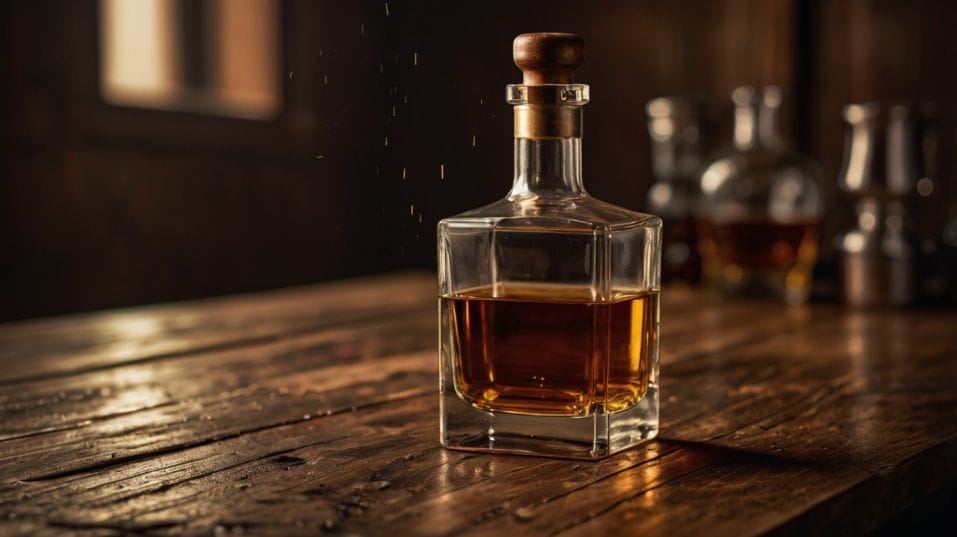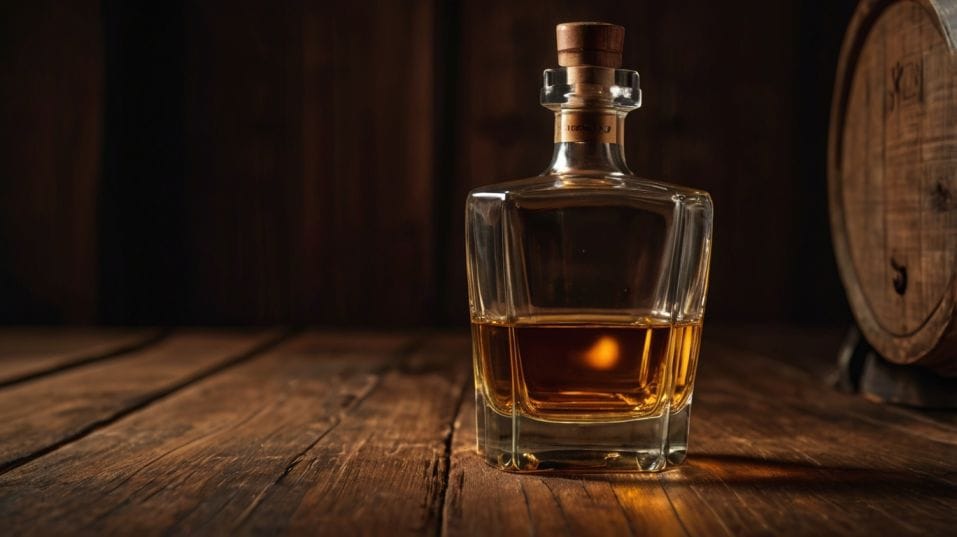What ‘Long Finish’ Really Means (And Why It Matters)
Discover why the whiskey finish matters most. Learn to taste like a pro, choose better bottles, and build your palate with confidence.

What makes a whiskey unforgettable—long after the glass is empty? If you’re just starting to take whiskey seriously, there’s one detail that separates great from good: the finish.
It’s not about first impressions. It’s about what lingers, evolves, and stays with you. A long finish isn’t marketing fluff. It’s the final reveal of craftsmanship. And once you start noticing it, you’ll never drink whiskey the same way again.
What Is a “Long Finish,” Really?
Forget the vague reviews and lazy tasting notes. When someone says a whiskey has a “long finish,” they’re talking about the lasting sensory impact after the swallow. It’s not what you taste on the tongue. It’s what remains after the whiskey is gone.
But “long” doesn’t just mean it lingers. It means it evolves. A quality long finish will shift as it settles—morphing from spice to sweetness, smoke to leather, fruit to earth.
It should carry the imprint of what came before but add something new. It should hold your attention.
Think of it like the ending of a great film. It doesn’t just fade to black—it stays with you, reframes the whole experience, makes you think back and reevaluate what came earlier.
A long finish does the same. It makes the whiskey more than just a sip—it makes it a story.

What the Finish Says About Quality
You can fake a big nose. You can bottle a high-proof whiskey that hits hard up front. But finish? That’s where shortcuts show.
A quick, flat finish often signals immaturity. Young whiskey, hurried through the aging process, might hit the palate with charm but collapse on the exit.
Harsh or bitter finishes can point to poor cask selection, over-oaking, or bad blending. Even high-end bottles aren’t immune. Plenty of so-called premium whiskeys fizzle when it matters most—at the end.
But when you taste a whiskey that delivers a long, clean, dynamic finish, you’re in rare territory. That usually means:
- Proper aging in active barrels (often first-fill or well-managed refill casks)
- Balance between sweetness, spice, tannin, and texture
- Careful dilution (or none at all) to maintain structure
- Skilled blending or cask management that ensures no one note dominates
The finish is where all those decisions show up. You’re tasting not just ingredients—but judgment. Patience. Intent.
How to Taste the Finish Like a Pro
First, stop rushing. If you’re hammering through tastings like a checklist, you’re skipping the best part. Finish isn’t fast—it’s deliberate.
Let the whiskey coat your mouth. Swallow slowly. Then resist the urge to speak or sip again. Just breathe. Through your nose. Let your palate adjust. That lingering warmth? That’s not just alcohol—that’s structure revealing itself.
Here’s what to watch for:
- Duration: How long does it stay with you? Ten seconds? Thirty? A minute?
- Development: Does it shift or stay static? Does the flavor thin out or grow?
- Character: Is it drying or oily? Sweet or bitter? Clean or muddled?
- Balance: Do the flavors work together, or does one dominate?
Try tasting in silence. Let your focus stay on your mouth, throat, and breath. A great finish doesn’t just stay—it resonates.
And don’t overthink descriptors. You don’t need to name every flavor. Just ask yourself: What am I feeling, and what’s changing?
The more you do this, the more you’ll internalize quality. You’ll start trusting your senses instead of someone else’s tasting notes.
Why the Finish Matters for Collectors
For serious collectors—whether your shelf has five bottles or fifty—the finish is more than a flavor detail. It’s a value indicator.
Whiskeys with consistently strong finishes tend to:
- Perform better in blind tastings
- Hold their own at higher proofs
- Age more gracefully in bottle
- Impress experienced drinkers even when branding is stripped away
That last point matters. If you want to move beyond hype bottles and collector FOMO, the finish gives you an anchor. It’s where real reputation is built.
Because here’s the thing: Anyone can bottle something flashy. Big cask finishes, unusual grains, funky branding—they’ll get you to pick up the bottle. But they won’t hold your loyalty unless the whiskey finishes strong.
And when you do find a bottle with a long, expressive, evolving finish? That’s a keeper. Maybe even a case-buy. Those are the ones that become benchmarks in your collection.
The Cultural Side of Finish
Every whiskey culture has its own way of talking about finish. The Scots often speak in terms of subtlety—dry, trailing, delicate.
American whiskey tends to celebrate bold, spicy, and punchy finishes. Japanese whisky leans into restraint, clarity, and emotional aftertaste.
But the principle is the same: the finish is where emotion and memory lock in. It’s not just about how the whiskey ends—it’s about what it leaves behind. The best distillers in the world obsess over the finish. So should you.
Because when you focus on finish, you’re no longer just “trying new bottles.” You’re building palate memory. You’re developing a point of view. You’re learning to read the final chapter—and knowing when it was worth the read.
Final Thoughts
The finish isn’t extra—it’s essential. It’s the fingerprint of real quality, the key to better tasting, and one of your best tools for building a collection that actually means something.
So don’t just chase high scores, rare labels, or cool packaging. Pour something tonight. Taste it slow. Swallow once—and pay attention to what stays.
That echo? That memory? That’s the long finish. And now, you know why it matters.
Ready to level up? Choose one bottle this week and judge it by the finish alone. No notes, no reviews—just your senses. That’s how real whiskey knowledge starts.




